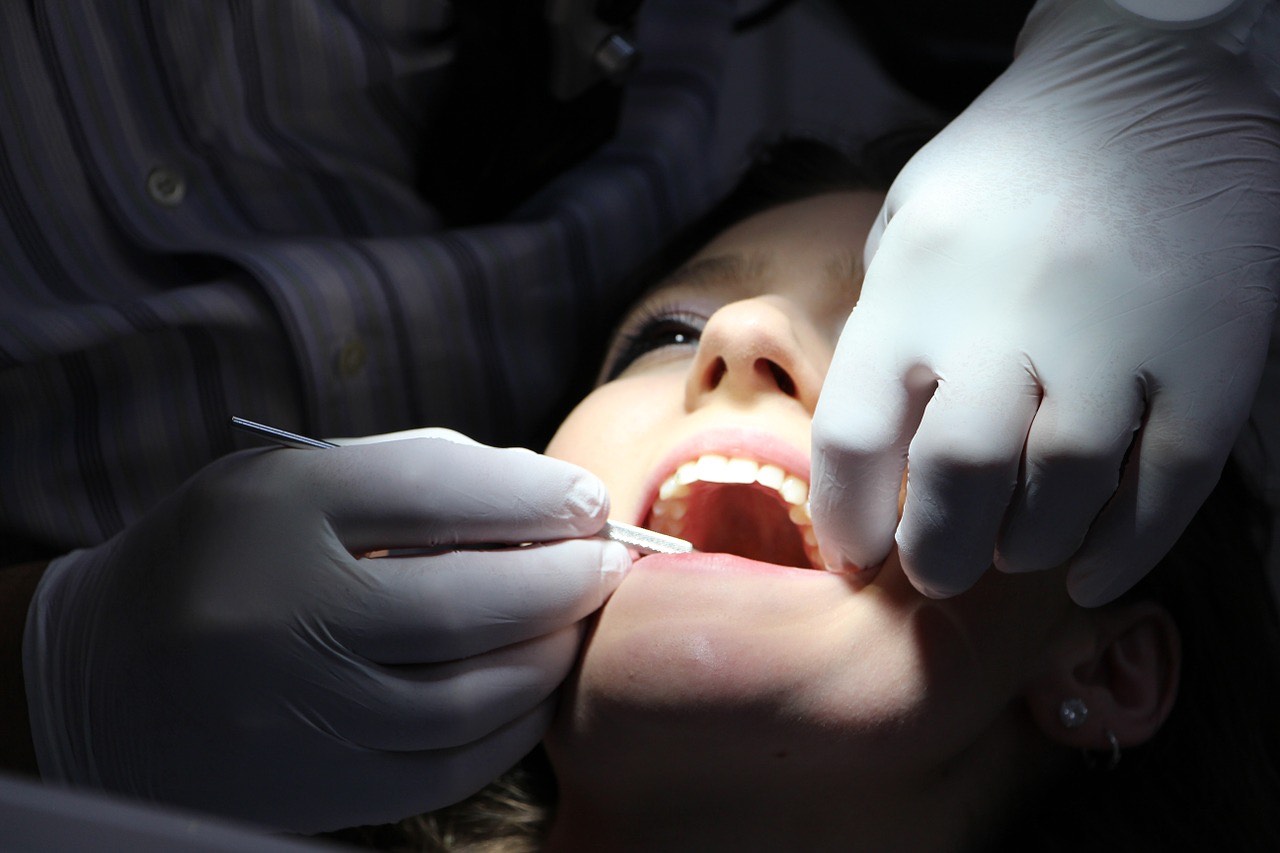Dental bridges are what the term suggests, a bridge between gaps that were caused by one or more missing teeth. A dental bridge is constructed with two or more crowns for teeth adjacent to either side of the gaps. The two or more anchoring teeth are referred to as abutment teeth with a false tooth or teeth in between. False teeth are also known as pontics and can be manufactured from alloys, gold, porcelain or a combination of such materials. The dental bridges are reinforced by implants or natural teeth. If this is something that you’re considering, this reputable dentist in Queen Creek comes highly recommended.
Benefits Of Dental Bridges
They can:
- Restore a person’s smile.
- Restore the person’s ability to speak and chew.
- Maintain a facial shape.
- Distribute the forces in the bite appropriately by replacing the missing teeth.
- Stopping the leftover teeth from drifting out of place.
Kinds Of Dental Bridges Available
Traditional bridges
This procedure entails generating a crown from the implant or tooth on either side of a missing tooth, with a false tooth in between. Traditional bridges are the most conventional usedbridges and are constructedwith ceramics or porcelain which are fused to metal.
Cantilever bridges
These are used when adjacent teeth are present only on the one ide of a missing tooth or teeth. They’re not very common and are generally not suited for the back of the mouth since it can place too much pressure on the other tooth and lead to damage. You can check out the Dental clinic in Walnut Creek, California who specializes in dental bridge procedures.
Maryland bonded bridges
Also referred to as resin-bonded bridge or a Maryland bridge, they are produced from porcelain fused to metal, porcelain or plastic teeth with gums supported by porcelain or metal framework. Wings made from metal or porcelain are often inserted on only one side of a bridge and bonded by your natural teeth.
Will It Be Problematic To Chew With A Dental Bridge?
You will be able to chew easier after replacing missing teeth with dental bridges. Eat soft foods at first until you’ve become accustomed to eating with a dental bridge.
Will I Have Difficulty To Speak With A Dental Bridge?
It will be tricky at first to speak clearly when your teeth are missing. However, wearing a dental bridge can help you with regaining proper speech.
What Can You Expect During The Process Of Obtaining A Dental Bridge?
During the initial consultation for getting a dental bridge, your abutment teeth will be prepared. This is done by recontouring the teeth by discarding a section of enamel to permit room for the crown to be inserted over them. Impressions of your teeth is made next which will serve as the model from where the crowns, bridge or pontic will be produced in a dental lab.
The dentist will produce a temporary bridge to wear in the meantime for protecting the exposed gums and teeth while the permanent bridge is being made. With the second session, the impermanent bridge is discarded, and the new metal or porcelain bridge is fitted and adjusted if necessary. More than one session might be necessary to review the metal framework and bite. If the bridge is a fixed one, the dentist will cement it temporarily in place for a few weeks to ensure it fits properly. After a few weeks, it will be cemented into place.








